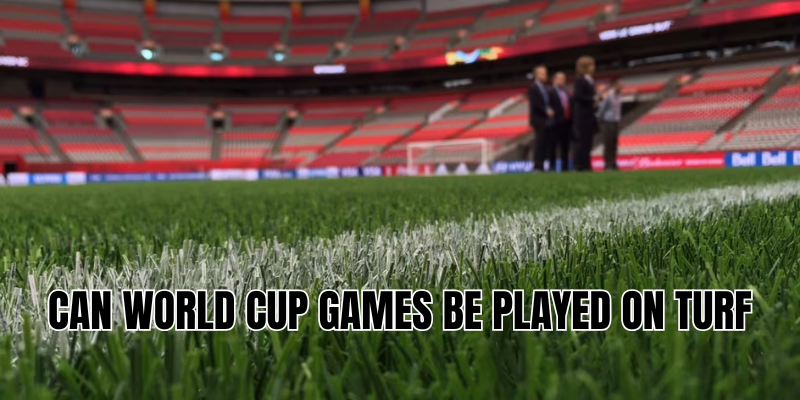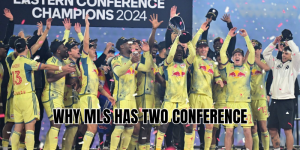Can World Cup games be played on turf is a question that fires up debates among players, fans, and officials alike. The short answer? Not under current FIFA rules—at least not for the men’s senior World Cup tournaments. All matches for those require natural grass surfaces, and synthetic turf is generally not permitted without special dispensation. ZizaGoal will dig into why that is, how the rules have evolved, and when turf has actually been used in major tournaments.
Natural grass requirement under FIFA
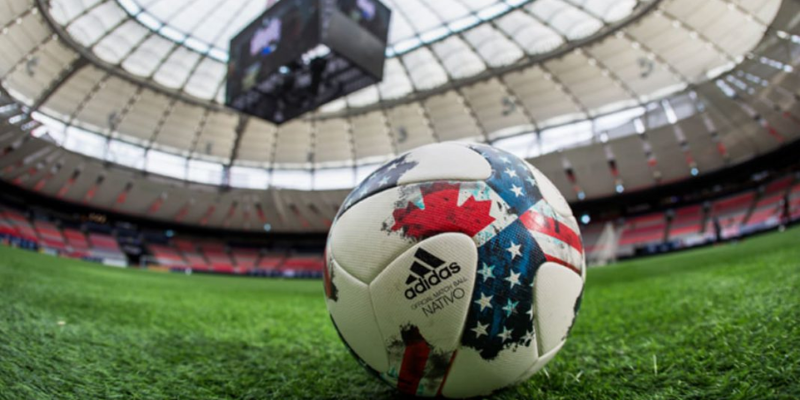
FIFA’s rulebooks and pitch standards clearly prefer natural grass for the highest-level tournaments. Here’s what today’s regulations and practice say:
- FIFA has released updated Natural Turf Guidelines specifying how grass pitches should be built, maintained, and tested. These guidelines are part of the overall quality programme for fields used in FIFA competitions.
- For the 2026 FIFA World Cup, all stadiums are required to have natural grass surfaces for the matches. Stadiums that normally have artificial turf are planning upgrades ortalling temporary natural/hybrid grass to meet the requirements.
- FIFA argues natural grass is safer for players, offering better playability (ball bounce, footing) and reducing certain injury risks.
What about “Football Turf” / Artificial surfaces that meet FIFA quality?
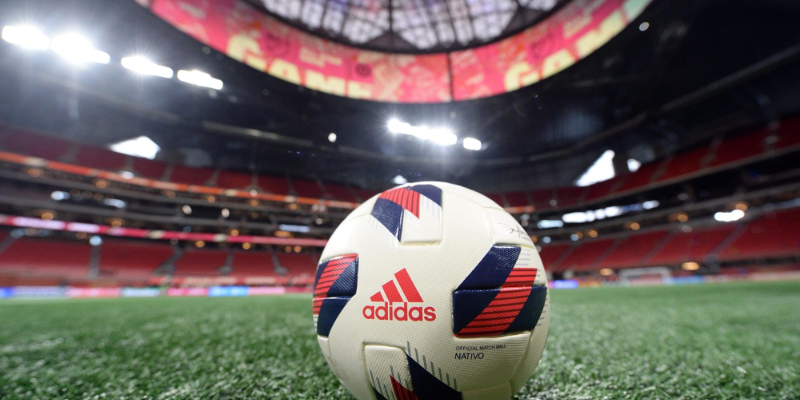
Although natural grass is required for the men’s senior World Cup, artificial surfaces do have a place elsewhere under strict conditions.
- There is a system called Football Turf that meets FIFA’s “Qualitygramme” standards. These are synthetic surfaces tested for playability, safety, durability, and performance.
- Such surfaces are allowed for lower-tier or youth tournaments, for training grounds, and in some competitions where natural grass isn’t feasible. But for the main men’s World Cup finals,he norm is—and remains—natural or hybrid grass.
Examples of when turf has been used in World Cups and tournaments
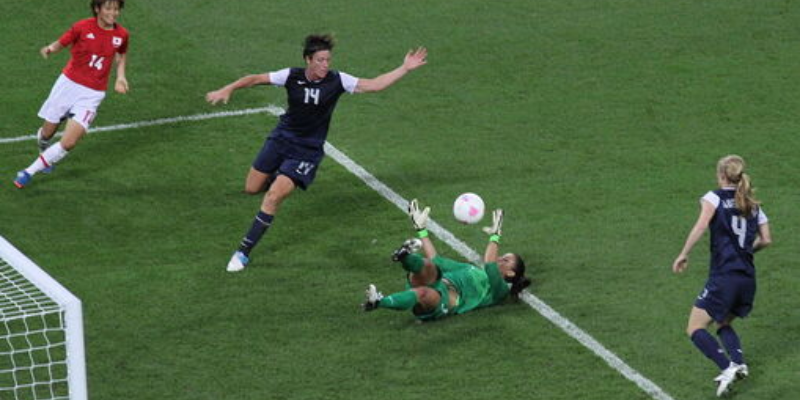
To understand how rare turf usage is at the highest level, here are a few historical cases and exceptions:
- The 1994 FIFA World Cup in the USA: The Pontiac Silverdome (with a roof) hosted some matches. Grass had to be grown off-site and brought in because artificial turf was the usual surface inside. It was natural grass inside despite the challenges of being indoors.
- The 2015 Women’s World Cup in Canada used artificial turf at all stadiums. This caused protests from players who felt this created an unfair condition compared to men’srnaments. There were arguments about safety, heat, injuries, and fairness.
Challenges and hybirds in modern stadiums
Because several 2026 World Cup host venues in the USA, Mexico, and Canada are built with features like retractable roofs or are designed for multiple sports, they present special cases:
- Some stadiums currently use artificial turf for other sports (e.g., NFL, concerts). To meet FIFA’s natural grass requirement, these venues are planning major changes. That includes installing natural or hybrid grass where needed, and ensuring that even indoor or roofed stadiums have enough light, airflow, and infrastructure to support grass.
- For example, SoFi Stadium (normally turf) will be fitted with a hybrid natural-grass pitch for World Cup matches.
Why FIFA insists on natural (or hybrid) grass
There are multiple reasons why the governing body leans away from synthetic:
- Player safety: Some studies suggest higher injury risk on artificial turf for non-contact injuries, joint stress, skin abrasions. FIFA holds that natural surfaces are more forgiving.
- Playability and performance: Natural grass gives more predictable ball bounce, better traction, consistent playing experience. Synthetic surfaces sometimes lead to unpredictable behavior.
- Tradition and image: The World Cup is the pinnacle, with massive global attention—grassy fields are part of its look and feel. Broadcasters, players, fans often expect lush, greenches. Also, rules have evolved historically to favor grass in the big tournaments.
Is there ever room for exceptions?
Even with the strong preference for grass, there are past or potential exceptions, always under strict oversight:
- Artificial/hybrid turf can be allowed if the surface meets FIFA’s Quality Programme standards and there is special dispensation—though for men’s senior World Cups, this is extremely rare or untested.
- Indoor stadiums or extreme climates might push for hybrid systems or specially engineered surfaces with lighting rigs, air control, etc. But these still must replicate the behavior of grass.
The bottom line
So, can World Cup games be played on turf? For men’s senior FIFA World Cup finals matches, standard tournament rules say no—natural grass is required. Turf or synthetic surfaces are generally not allowed unless extraordinary circumstances, special approvals, or lower-level competitions.
Conclusion
Can World Cup games be played on turf? The answer: not in the traditional sense for the main FIFA men’s tournament. Natural grass is required by FIFA rules, both for fair play and player safety. In rare instances—women’s tournaments (like Canada 2015) or under special dispensation—artificial or hybrid surfaces have been used, but they remain exceptions.
If you want, ZizaGoal can bring you an up-to-date list of World Cup venues converting turf to grass, the costs involved, and how players feel about it. Think it’s worth diving into?

